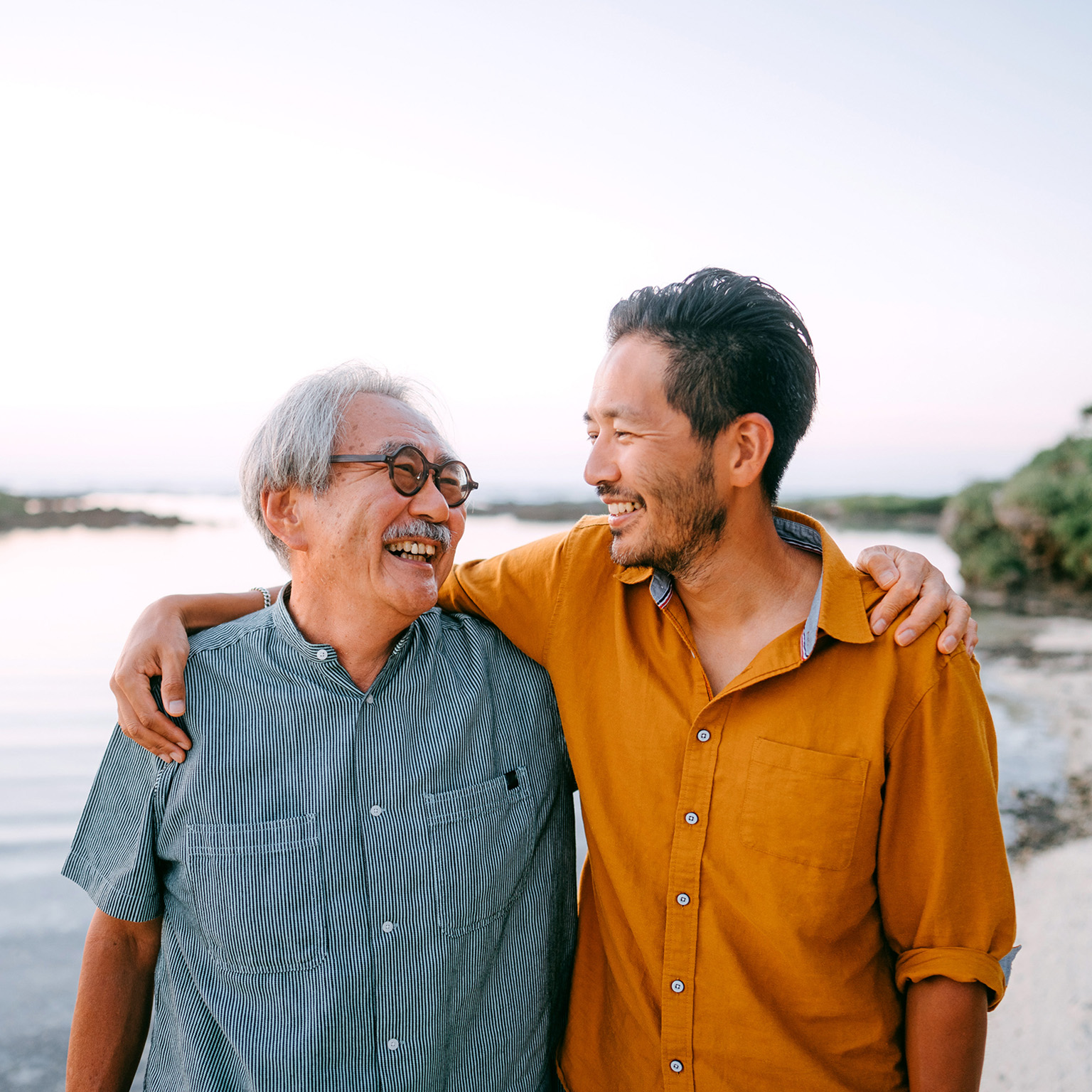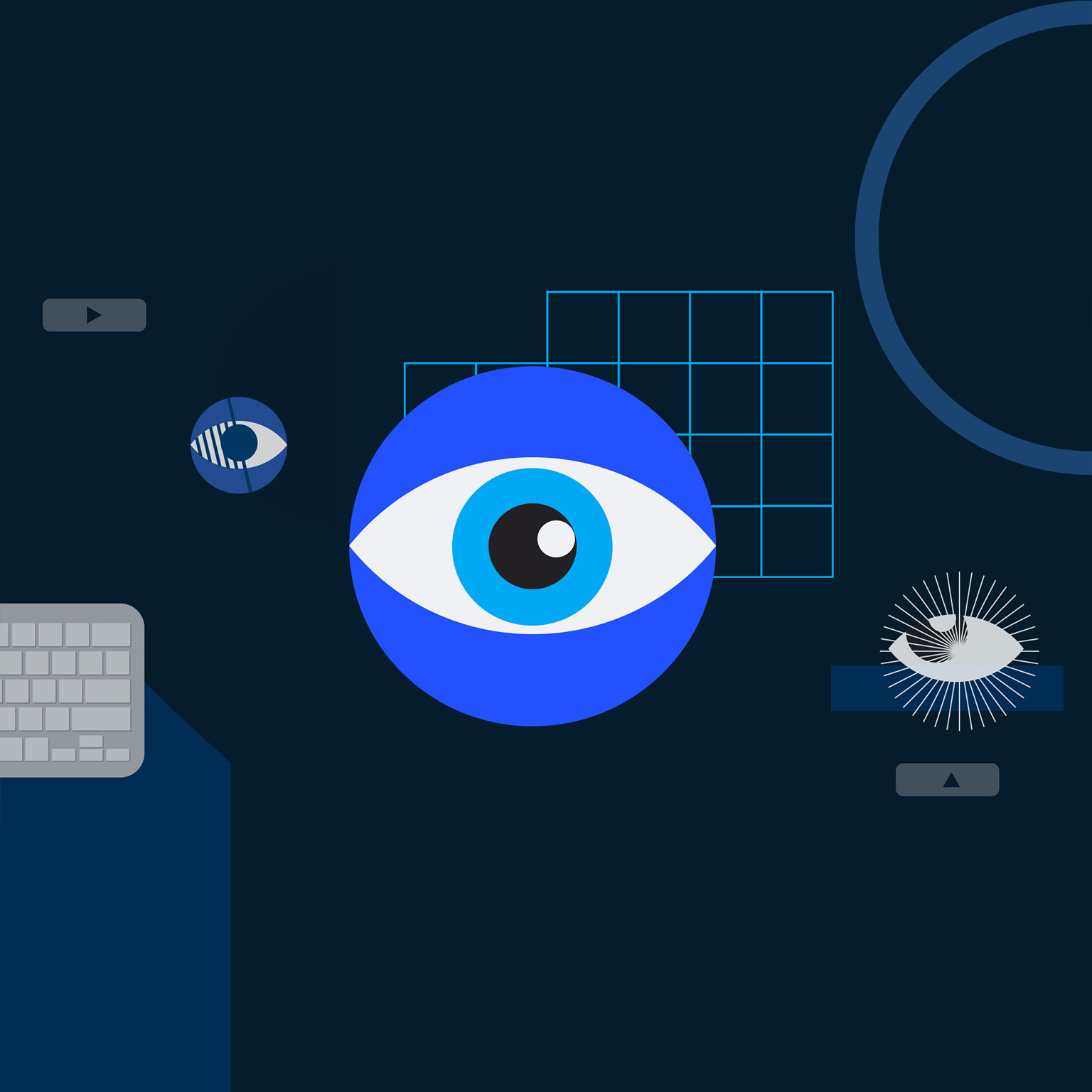“There is only one world, and it must have room for all of us,” says Linamara Battistella, professor of physical medicine and rehabilitation/physiatrics at the University of São Paulo School of Medicine. Linamara is a teacher, researcher, and coordinator of the World Health Organization (WHO) working group that focuses on improving access to health services for people with disabilities.
From 2008 to 2018, Linamara served as São Paulo secretary of state for the rights of persons with disabilities and helped introduce national policies supporting the rights of more than 13 million people in Brazil living with some form of disability.
As part of the McKinsey Health Institute’s (MHI) Conversations on Health series, Linamara sat down with Marcus Frank, MHI’s Brazil ambassador. The following is an edited, translated version of their conversation from Portuguese.
Marcus Frank: Professor Linamara, what drove you to specialize in the area of rehabilitation?
Linamara Battistella: I was an actress from early childhood to my teenage years and played the role of a child with disabilities. In the 1970s, when I was an undergraduate in university, I had colleagues with disabilities. I was from that generation where many people had contracted polio in the 1950s. In choosing a specialty, I definitely considered these experiences. Plus, I had some great professors. Many of the people in my class became physiatrists—medical doctors with training in the specialty field of physical medicine and rehabilitation.
Marcus Frank: What conditions are considered disabilities? And how many people are affected globally?
Linamara Battistella: United Nations statistics mention one in seven, meaning over a billion people around the world have some type of disability. The traditional disabilities are visual impairment—either blindness or very poor vision, and a reliance on optical aids to interact with one’s environment—and hearing impairment—that may call for an implant or hearing aid. There are various types of physical disabilities, from someone who lost a leg or became paralyzed because of an accident to a child born with a physical or other disability. Diseases such as stroke also cause important functional limitations. There are intellectual disabilities that stand apart from mental illnesses. Intellectual impairment encompasses people who face difficulty in learning or who may find it difficult to communicate; however they can obtain skills and conditions to adequately develop within the societal model we live in today. Thus, we have four areas of disabilities—mental or intellectual, physical, visual, and auditive—that combined encompass about 13 million individuals.
There is a wide range of conditions within physical disabilities. You might have an amputee who, assisted by a prosthesis, can do everything you do. There are also transient disabilities which people recover from. Someone might have a stroke and become paralyzed for a while, but later they recover. It’s called a transitory disability. For other people, especially those with existing comorbidities, a stroke might be more severe and the person never fully recovers. This is a permanent disability. We group people who possess these disabilities, temporary and permanent, under the same umbrella; however, their healthcare needs and required investments are different.
Marcus Frank: How do we address accessibility for people with disabilities of varying degrees?
Linamara Battistella: This question is not only interesting, it is challenging. When you address accessibility, there are at least seven dimensions to keep in mind. Mindset is the most important of these. If we could explain to everyone, those with and without disabilities, that we all live in the same world and have the right to the same goods and services, we would certainly be able to build a better, more equitable society.
In Brazil, physical, architectural, and environmental accessibility are now required by law. But they are not always obvious. That’s where mindset comes in. Think about it: when you invite someone to your home for dinner, you ask them about allergies and what beverage they prefer. You don’t ask, for example, if they can cut their own steak. But this too is accessibility.
We have instrumental and communication accessibility. A person who is visually impaired will be much more productive if given the right tools, such as a braille keyboard. A sign-language interpreter or subtitles can help those with a hearing impairment understand everything we say.
Finally, I have, for some time, focused on digital accessibility, as the digital world can and should be fully inclusive.
We’re all equal behind a screen. Digital accessibility not only promotes equal rights but also creates opportunities so we can be together all the time. There are ways you can measure site accessibility. There is legislation [in Brazil] to ensure sites and digital instruments are accessible. It’s not used as often as we would like, but it’s on the agenda of education, the job world, and healthcare. Digital accessibility increases opportunities, reveals inequity, and creates the conditions by which we stay connected. This is what will make the world better.
Digital accessibility increases opportunities, reveals inequity, and creates the conditions by which we stay connected.
Marcus Frank: We always think of the internet as a means of social and economic inclusion. We have also learned that it plays a very important role in including people with disabilities.
Linamara Battistella: Yes! People with and without disabilities—exactly. Whether or not they have disabilities doesn’t matter. People with disabilities have rights and can help and contribute to building a more equitable society.
Marcus Frank: What you’re saying resonates with us at the McKinsey Health Institute. We look at health broadly to include physical, mental, social, and spiritual health. When we look at health in this broader way and consider accessibility, what can we do to promote the overall health and well-being of people with disabilities?
Linamara Battistella: Happiness is the main product of modern society. It’s something we constantly search for. How do we measure our ability to be happy? By belonging. If you have a group and feel a part of this group, you’re closer to achieving complete happiness.
Marcus Frank: This is what the McKinsey Health Institute calls social health.
Linamara Battistella: Health is not the absence of disease. Health is the state of complete bio-psycho-social well-being. There is no other way you can be part of an environment other than by belonging. This strategy must be strengthened as an important element of mental health.
Marcus Frank: Based on your experience, how can individuals, businesses, and governments be more effective in collaborating for inclusion and promoting accessibility?
Linamara Battistella: You need a legal framework that somehow invests in developing this accessibility, accommodating your workers with disabilities. Society requires permanent regulation. We know all the traffic laws, even if we don’t always comply with them. We’re familiar with social rules, and this includes embracing those with disabilities. There’s just one world, and it must have room for all of us! We all need to express our concerns and anxieties so that we may be part of a group. For this feeling of belonging to arrive at manufacturing industries, service organizations, agribusiness, and universities, we need legal instruments in place to motivate businesses to embrace accessibility—for example, a tax break for those that do, a penalty for those that don’t.
What we cannot do is leave someone behind. We need everyone, and we must all be enabled in every environment.
Marcus Frank: How did the pandemic create new challenges for accessibility? What are the challenges that weren’t there a few years ago and that now, as a professional and leader in this area, you must bear in mind?
Linamara Battistella: The pandemic revealed a unique side of our lives. The inability to leave our homes, limited access to goods and services, and even difficulty communicating with close family members were enough for us to realize that digital transformation and proximity were possible. People with and without disabilities took advantage of remote services and digital health. Society learned that it’s not the traffic or architectural barriers that keep us from being close. On the contrary, we’re threatened all the time by epidemics, violence, and other elements that are outside the control of society. We can get closer via other means. The digital world fosters the development of safe and fraternal spaces that bring people together because, once again, we’re all the same behind a screen. We’re able to take advantage of this and show what we’re capable of.
Marcus Frank: It’s almost like breaking a paradigm, isn’t it?
Linamara Battistella: Yes, breaking a paradigm! First, it limited us. Now, it gives us a new dimension. I can, for instance, participate in an event in New Zealand without ever leaving my desk. It’s time to use the digital world to do all those things we couldn’t do in the analog world.
Marcus Frank: Tell us about your work as a coordinator of the World Health Organization’s accessibility guidelines group.
Linamara Battistella: I have been a member of this WHO working group since 2012, developing alternate ways to measure what health is, what disease is, and what it means to be out of the productive world. There’s an indicator that’s far better than age: the International Classification of Functioning, Disability, and Health [ICF].
The ICF framework expresses functionality as it relates to longevity. We’re living longer, so we must remain functional for longer. We’re also looking at how we view the healthcare system. [For years] we believed the major challenge was chronic, noninfectious diseases. Because people live longer, they have more heart attacks, more strokes. These are also infections that cause lasting limitations. Now we know that both are a problem—noninfectious chronic diseases and infectious diseases. So we must develop a framework that includes medication and physical measures, our main area of research, to ensure affected individuals can be productive.
We have clear metrics for time away from work due to disability, which is a number that changes one’s output and has a real cost to a country. As children, we used to hear of people who started working at 15 and retired at 49. Today, 60-year-olds are having children, are in their third marriage, are building companies … everything has changed. We produce throughout our lives.
Marcus Frank: Since many people are starting to work later in life, and working longer, age is not necessarily a metric we should use, right?
Linamara Battistella: Yes. We need another metric. In investigating these issues about quality of life, we found another variable that requires more attention—the sedentary lifestyle. This is possibly the most significant poison affecting humankind right now. As a health measure, we’re looking at therapeutic strategies. When a person leaves the hospital, they might be stable but not cured. A real cure requires that, together with clinical treatment, their functional capabilities be adjusted. A person may get a stent following a heart attack and be hemodynamically stable, but they still must improve their functional condition to walk and go upstairs. It’s this functionality that will keep them healthy. A person with a more debilitating disease, such as a stroke, will have limitations, such as difficulty communicating, but we can’t just cross our arms and return them to society as is. So we help them to communicate, to resume functional movements, and to achieve the maximum degree of independence. Health today is measured by the extent of functional independence, not the absence of disease. Medication is only part of the treatment. There is no health without functionality.
Marcus Frank: Is there anything else you want to share on rehabilitation and accessibility for people with disabilities?
Linamara Battistella: Businesses gain from including people with disabilities. Improvements in technology exist today, in part, thanks to people with disabilities.
In Brazil, we’re talking about a significant number of people: 13 million individuals, or one in seven inhabitants. There’s a social and human issue but also a business issue to consider. [People with disabilities] are consumers. They purchase clothing, they drive cars, they travel. Companies [all over the world] would be well served if they improve their offerings to this segment of the population.

